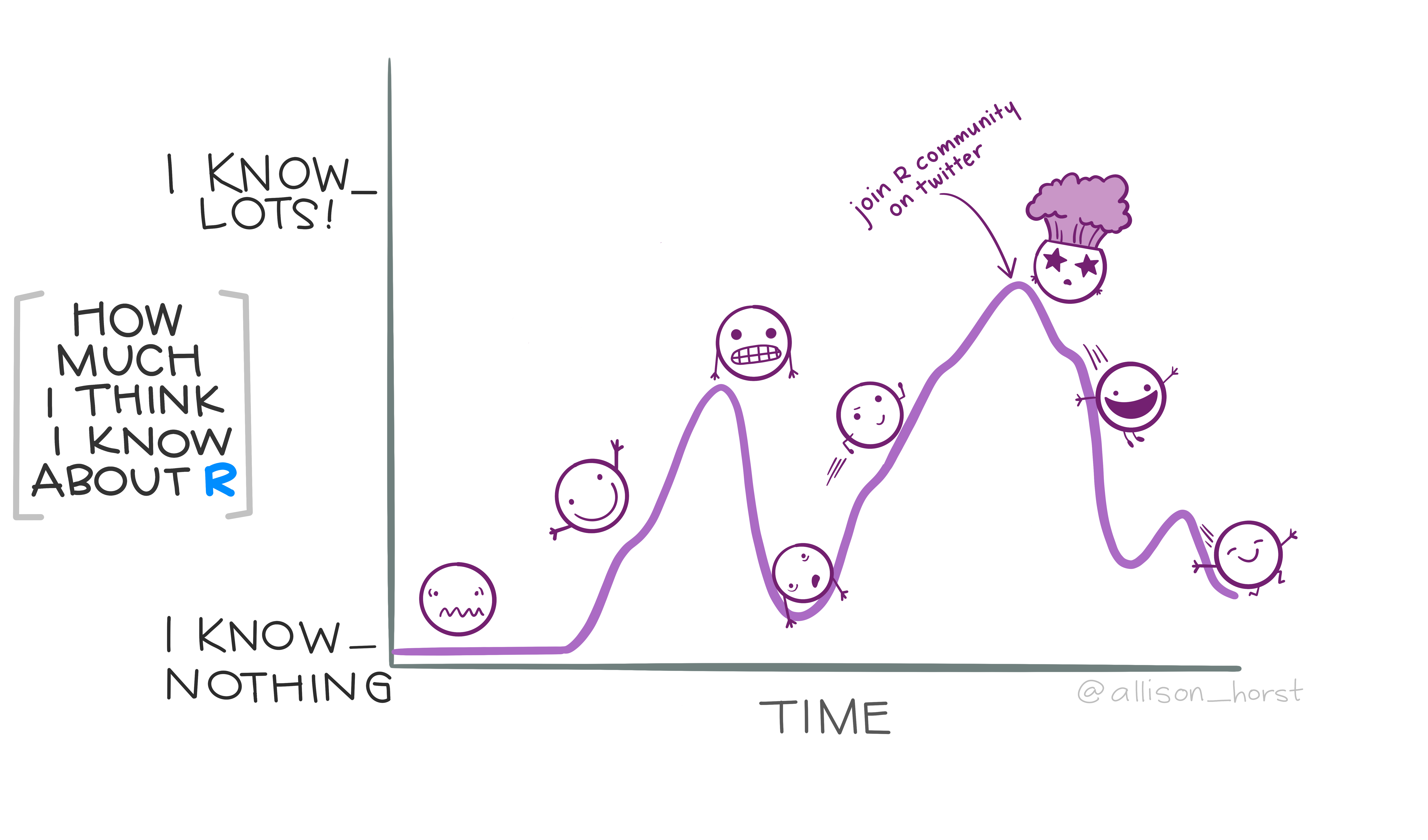
where is here?
As I add new projects to my rstats portfolio and work collaboratively on projects with students the issue of working directories is becoming more and more complicated. Not really understanding how working directories and file paths actually work, I have been relying on the beginner logic… Everything will be just fine as long as you keep your datafiles in the same folder as your .rmd file via GIPHY